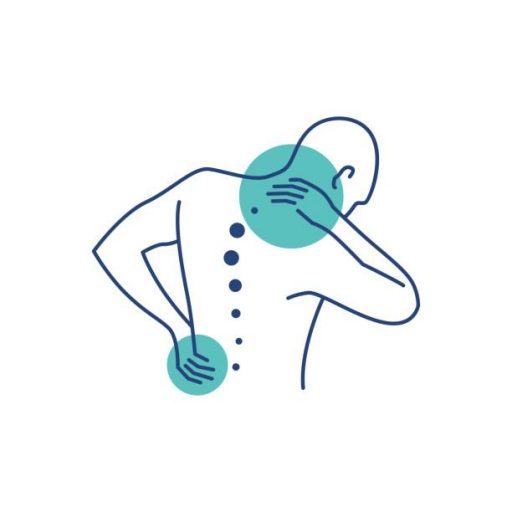The pelvic floor is a group of muscles that form a hammock-like structure at the base of the pelvis. These muscles play a crucial role in supporting various pelvic organs, including the bladder, uterus, and rectum. A strong and well-functioning pelvic floor is essential for maintaining continence, supporting the organs, and providing stability to the spine and pelvis.
Over time, due to factors such as childbirth, aging, hormonal changes, and lifestyle habits, the diaphragm can weaken, leading to a range of issues like urinary incontinence, pelvic organ prolapse, and even lower back pain. Thankfully, there are non-surgical treatment options available to help individuals strengthen their pelvic floor muscles and improve their quality of life.







